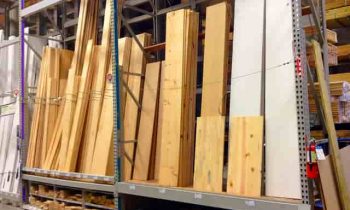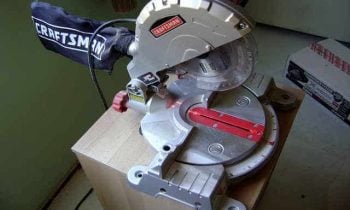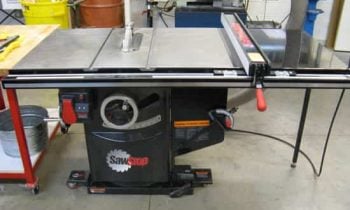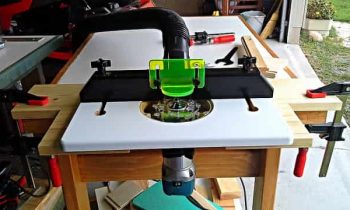Have you ever dreamed of being handy in your own home? Have you ever hoped that one of these days, you would not only be able to fix or refurbish old tables and chairs, cabinets, doors, and other fixtures whenever they get broken or need a serious makeover?
Have you ever wanted to be able to build new things with wood so that you can replace your old stuff at home without burning a hole in your pocket, or make something extra for your efforts by accepting made-to-order wood-based products? Whether your motivation is savings, self-satisfaction, or dollars and cents, what you want to become is a good woodworking craftsman.
To become one, you first need to have the right tools for the job. This is not to say, of course, that you need to max out your credit cards or spend your life’s savings to buy all the tools that you see on the catalogs or brochures. Start with the basics.
A good tip to follow when you are just about to embark on your adventure in woodworking are…
• Start with a simple project, e.g., a birdhouse. Do not immediately embark on a complex project just because you can already imagine how good it will look when you are done with it. You may end up getting frustrated on your first try and forget about woodworking altogether.
• Once you have decided what project you will do, check out the materials and tools you will need for it. The Internet is full of designs and their corresponding bills of quantities as well as tools needed which you can download and print as a reference.
• Once you have completed your first project, move on to the next one that requires the same tools. This will allow you to gain more familiarity with your tools. When you are very familiar with your tools, you can then move on to other projects that will require you to have a new tool or two.
Over time you will find that you have slowly built up your tools and that you have progressed steadily towards more and more complex projects.
Aside from having the right tools, a good woodworker needs to be intimate with the materials he uses (through research, learning from others, and personal experience) and how to make the most out of their characteristics to build or create the best possible wooden items for his personal satisfaction as well as commercial objectives.
For example, you need to know what kind of wood is best for outdoor projects and which ones are for indoor projects. There are wood types that are better suited for constantly changing weather conditions, and there are those that require stable climate conditions and minimal exposure to the elements.
Another example is for jointing conditions, i.e., parallel jointing (or jointing of two pieces of wood along their long grain side) is far stronger than perpendicular jointing (or jointing between two pieces of would where one is jointed at the short grain side).


 Hardwoods Vs Softwoods
Hardwoods Vs Softwoods Choosing Woodworking saws
Choosing Woodworking saws Jet Woodworking Tools
Jet Woodworking Tools Quality Woodworking Tools
Quality Woodworking Tools Large Woodworking projects
Large Woodworking projects